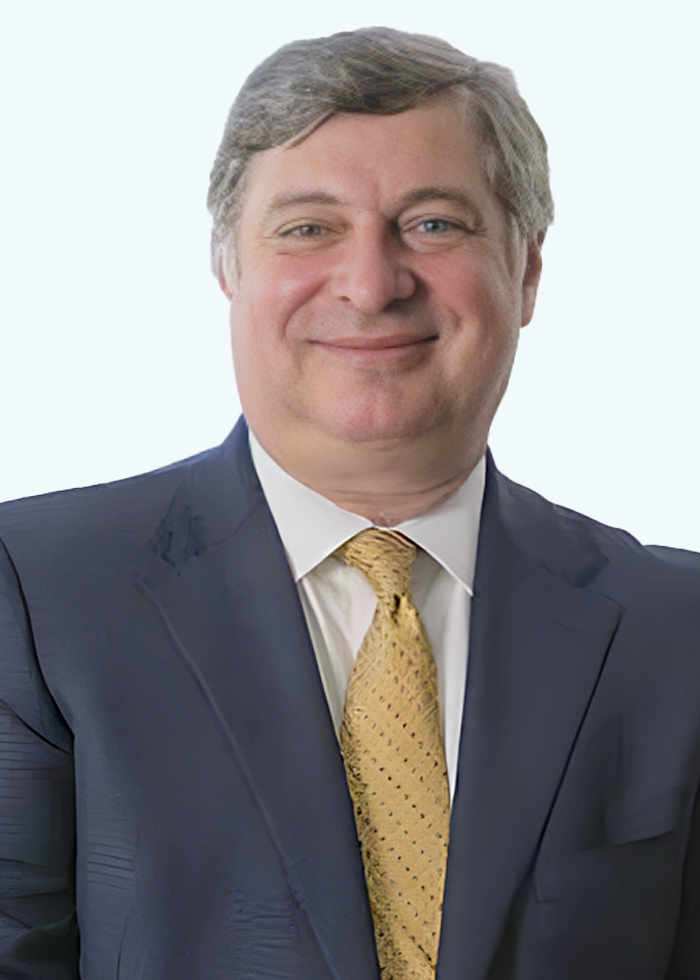When you’re ready to protect your brand, one of the first steps is registering a trademark. Whether it’s your company name, logo, or tagline, securing legal rights through the U.S. Patent and Trademark Office (USPTO) can help you defend your business identity. But many entrepreneurs wonder: do you really need an attorney to file a trademark application?
Technically, you can apply without one. However, there are a few things to consider before deciding to go it alone.
Filing Without an Attorney
The USPTO allows individuals and businesses to file trademark applications on their own. The online portal is relatively easy to find, and it walks you through a step-by-step process. For business owners trying to keep costs low, self-filing might feel like the obvious choice.
Some people are comfortable handling their own application because:
- They have a basic understanding of trademarks.
- They’re only registering one mark for a small business.
- They’ve done informal searches and feel confident in the name.
If everything goes smoothly, it’s possible to register a trademark on your own without running into issues. However, many filings are more complex than they initially appear.
Risks of Filing on Your Own
The trademark process has more moving parts than many realize. A misstep early on can cause delays, lead to rejection, or even result in the loss of the right to use the mark in the future.
Here are a few common problems with self-filing:
- Not conducting a proper clearance search: A simple Google search isn’t enough. If someone else has already registered or applied for a similar mark, your application could be denied.
- Wrong goods or services classification: Picking the wrong class or not describing your offerings clearly can weaken or invalidate your registration.
- Inaccurate ownership information: Mistakes in naming the trademark owner can be difficult or impossible to fix later.
- Trouble with Office Actions: If the USPTO raises concerns about your mark, you’ll be expected to respond using the proper legal arguments. Many applicants don’t know how to do this on their own.
Even a small error can lead to significant problems down the line. And if your application is denied, you may lose your filing fee and have to start over.
How an Attorney Can Help
Hiring an attorney doesn’t just mean handing off the paperwork. It means having someone who understands the rules and strategies behind strong trademark protection.
Here’s how working with a trademark attorney adds value:
- Clearance search and legal analysis: An attorney can uncover potential conflicts you might miss and help you choose a mark with better odds of approval.
- Proper classification: We’ll make sure your goods and services are correctly listed and tailored to your business goals.
- USPTO communications: If the examining attorney issues an Office Action, your attorney can respond with legal reasoning to keep your application moving.
- Avoiding delays: A professionally prepared application has a better chance of being accepted the first time, avoiding the cost and hassle of re-filing.
An attorney can help build a legal foundation for your brand.
Cost vs. Long-Term Value
Hiring an attorney does add to the upfront cost of registration. However, what you save in time, frustration, and rework can easily make up for it.
If your mark is rejected, you will not receive a refund of your filing fee. If you miss something in your clearance search, you could end up with a cease-and-desist letter or a costly rebrand. And if your trademark doesn’t offer strong protection, it may not do much for you when it’s time to enforce your rights.
In many cases, paying for legal help upfront is less expensive than fixing a problem after it arises.
When Hiring an Attorney Makes Sense
Some situations call for legal help from the beginning. You should strongly consider working with a trademark attorney if:
- Your mark is based on a personal name or contains descriptive language.
- You’re planning to license or franchise the brand.
- You’ve received a cease-and-desist or expect opposition.
- You want to register your mark in other countries.
- Your business is expanding into new products or services.
In these cases, the stakes are higher—and so are the risks of getting it wrong.
What’s Right for You?
Filing a trademark application yourself is an option, and for some people, it might work out just fine. But if you’re building a brand that matters, legal guidance can help you get it right the first time.
At Gearhart Law, we help individuals and businesses protect what they’ve built with strategic, personalized trademark support. Whether you’re applying for your first mark or expanding your portfolio, we’re here to guide you through the process and help you avoid costly pitfalls.
Ready to protect your brand? Contact us today to schedule a consultation.

